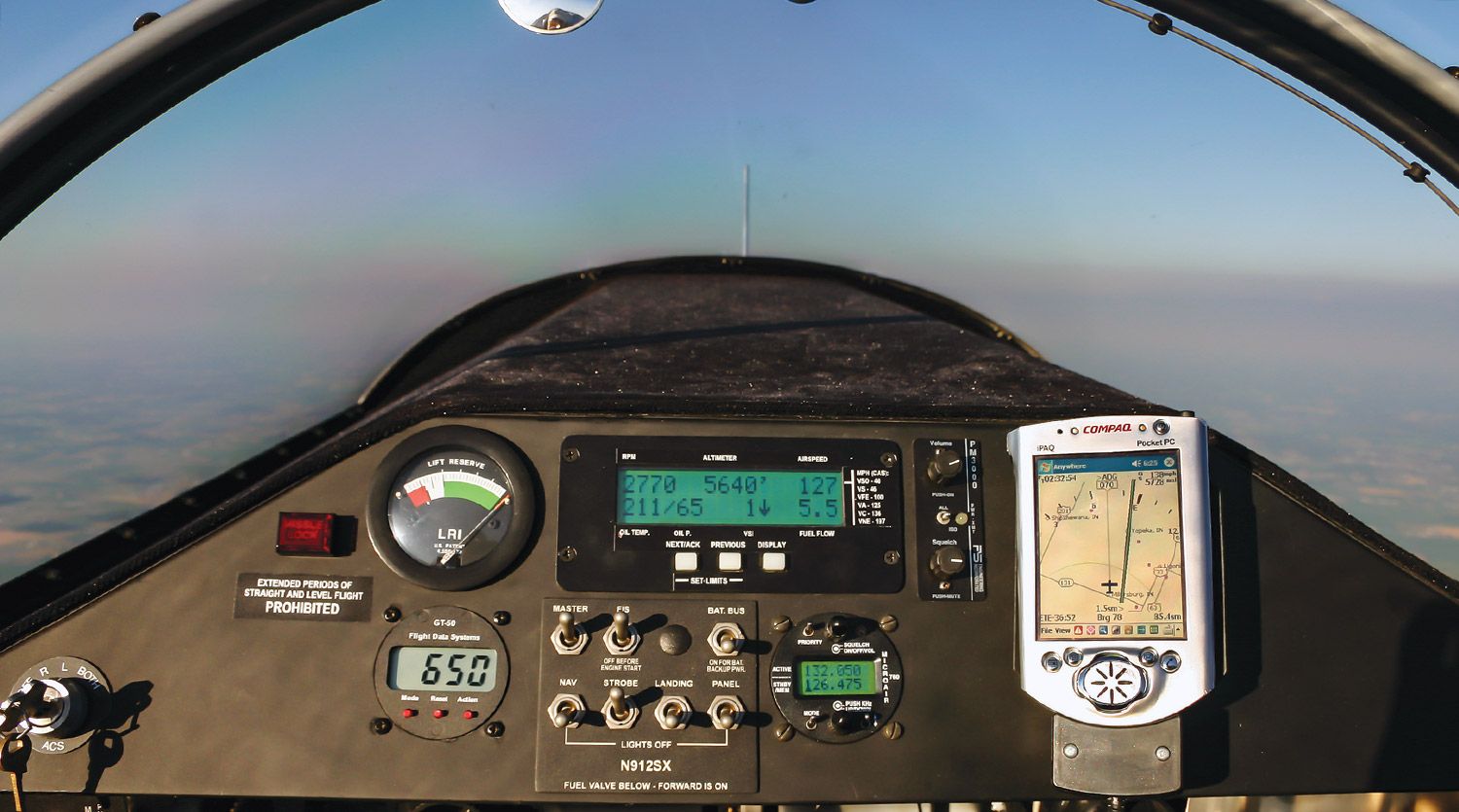
True airspeed is coy. It hides behind the more obvious speeds who tart themselves up with a meaningless facade. It’s never overt. It makes you work for it. However, nothing worthwhile comes easy. I wonder how many homebuilders ever recognize it? How many ever come to know true airspeed?
Pilots like to brag about their conquests. The time they fought ice and turbulence over Kansas—a story told with animated hands and lips capped with a Clark Gable mustache. The time they laughed in danger’s face as fuel ran low and they searched for their aircraft carrier in a squall. Their first solo after only one hour of instruction. Pilots have a gift for overstatement, and if they intercept a doubting eye at the telling of a tale they dismiss it with, “You weren’t there,” or “My buddy saw it, he can tell you.” The buddy, of course, remains unnamed or her whereabouts are unknown.
When hard numbers are included in the tale, verification becomes much easier. Look no further than first-flight reports for questionable facts, usually in the form of reported airspeeds. Have so many pilots forgotten their ground school training regarding airspeeds? Never can a first flight reveal the one, true airspeed.
The Airspeed Siblings
How do I put this delicately? Ground speed is not a real airspeed. Ground speed is the fickle stepsibling of airspeeds, often used to report aircraft performance but never reliable. It’ll turn on you in a moment. One minute it has you seduced by a 200-mph ground speed and the next it’s 120 mph. All you have to do to earn ground speed’s cold shoulder is change heading or altitude. Or do nothing but fly a steady course into changing winds. Ground speed will wink at you from the GPS, but it’s not to be trusted. It should never be used as a measure of your aircraft’s performance.
Indicated airspeed responds to pressure. It is turned on by air molecules pressing against its diaphragm. On a cold day or when the pressure is high, it’ll respond quickly. On a hot day or when the pressure is low, it is lazy. At a high angle of attack, it becomes unreliable, and if the pitot tube catches a bug, indicated airspeed may stay in bed as well. The higher you fly, the more lethargic indicated airspeed becomes. An airspeed indicator on a Space Shuttle would chill at “0” while it orbited the earth at 17,500 mph. You could say it felt no pressure to perform.
Calibrated airspeed is accommodating but not easy. Like its close sibling true airspeed, calibrated airspeed is never overt, never obvious. When the physical bits of your airspeed system aren’t perfect (and they aren’t), calibrated airspeed compensates for it. Calibrated airspeed likes to double-date with ground speed until its relationship with indicated airspeed is sorted. That sounds like work, I know, and that is why many pilots settle for indicated airspeed and ground speed. It takes work and time to get to know calibrated airspeed but know it you must if you want to experience true airspeed. The Phase I flight test period should be used to court calibrated airspeed.
True airspeed. There it is, hiding behind changing atmospheric conditions. Hiding behind pitot-static installation errors. Hiding behind design and manufacturing errors in the airspeed indicator. It is hard to get to know yet it is the only airspeed by which we can compare one airplane’s performance to another. The only airspeed by which we can determine if the speed modifications we made have worked. The only airspeed that should be used to report your stall speed, your top speed or any speed that measures aircraft performance. True airspeed shows us what real airspeed is, regardless of wind speed or direction, the temperature, the barometric pressure, the altitude or the accuracy of our measuring equipment. It is true airspeed we must seek, as hard as it may be to ignore the flirtatious winks of indicated airspeed and ground speed.
True Airspeed in the Digital Age
Many EFISes include a true airspeed (TAS) data field. The accuracy of the displayed speed can be akin to online dating. The photo is the person in question but the photo is 10 years old, before the person lost their hair and discovered the joys of a sedentary lifestyle. The TAS displayed on a digital gauge is only as accurate as the inputs. Those inputs come from the pitot-static system, an outside air temperature probe, an accurate altimeter setting and the integrity of the instrument itself. A small error in each input can produce a significant error in the displayed TAS. Like online dating, be hopeful the information is correct, but verify. However, this field can be a valuable tool, verified or not, when comparing changes to your aircraft’s performance, such as while testing different propellers, engine tuning or drag reduction measures.
Protective Parents
First-flight claims like, “I built so well I stall 8 mph slower than the designer advertises,” are void of meaning. The airspeed or GPS may have indicated 8 mph less than the design’s specification but that is not the actual speed at which the wing stopped developing lift. We pilots like to think we are that good at flying. We like to think we were that good at building.
Physics don’t bend to our will. An indicated airspeed is only a needle pointing to a silkscreened number. The accuracy of that indication must be confirmed through calibration flight tests. The calibrated airspeed is then converted to true airspeed by factoring in the altitude, temperature and barometric pressure. Math and science, you protective parents of the facts, why do you make it so hard to get to know the one true airspeed?




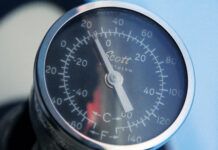
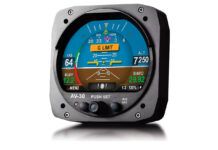
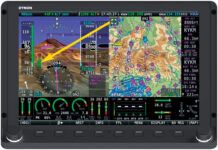
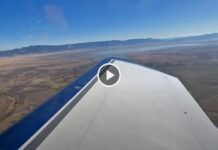
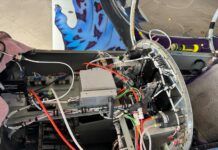
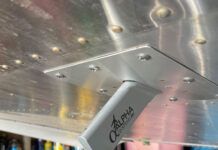
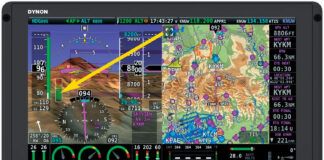
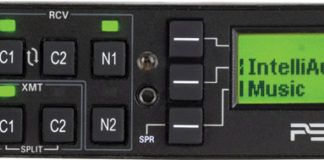

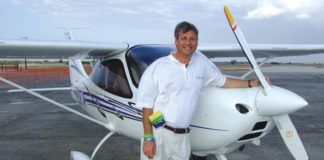
this is FALSE.
Quote….it i(TAS) s the only airspeed by which we can compare one airplane’s performance to another…..unquote.
True airspeed varies with atmospheric conditions, so performance comparisons have to state under what the atmospheric conditions were for meaningful comparisons. Thus they are usually not used for performance comparisons.
The only meaningful performance related airspeed is CAS, i.e. IAS corrected for position and instrument error. For a given aircraft the Stall speed in CAS is constant (for a given weight) regardless of atmospheric conditions. Also CAS is the only measure of Dynamic Pressure which is the air resistance an aircraft feels.
For a given weight your best ROC speed or range speed etc are a constant CAS, NOT a constant TAS. You fly by your instrument reading NOT by unraveling your TAS.. The AFM prescribed speeds are IAS which should be CAS corrected for position error, Instrument errors are assumed small & thus have to be within specified limits.
In operational flying the only role of TAS is in Navigation. Mind you flutter testing uses CAS and TAS!!
The only real value in knowing TAS is the ability to calibrate the indicated airspeed to provide the CAS. TAS must be physically measured and calculated, then corrected for temp, altitude, air density, compressibility (I think that is all but may be more – Kevin Horton please chime in). The difference between this calibrated value and the indicated airspeed gives the correction. This process needs to occur for a range of airspeeds from near stall up.
This is the first step in flight test evaluation – many techniques exist to determine TAS, E.g. controlled runs at low level or calibrated articulated airspeed probes. I wrote a paper many years ago with a technique employing 3 runs and resolving the GPS ground speed and track. (http://contrails.free.fr/temp/TAS_FNL4.pdf)
What is displayed on EFIS systems as TAS is at best an estimate derived from the air data system and useful only for navigation – but even then the GPS ground speed is more useful. TAS is good for bragging though.
Hi,
I am Chetan from India.
I am a pilot from test pilot school, India. I was trying to derive the equations from the math model which was provided.
if its feasible, can u send me the document for derivation of the math equations.
Thank you.
The 3 course GPS method mentioned by Doug is by far the best way to get TAS. Since it is a direct measure of TAS it bypasses all the sources of error described by Kerry. With it you can build a series of graphs for various pressure altitudes of TAS vs. IAS.
I wrote a spreadsheet that does the algebra. It allows a 4 track input to give an indication of data accuracy if desired. If anyone wants the spreadsheet plus diagrams and derivation of the formula send me an email request: kuffel (at-sign) cyberport (dot) net.